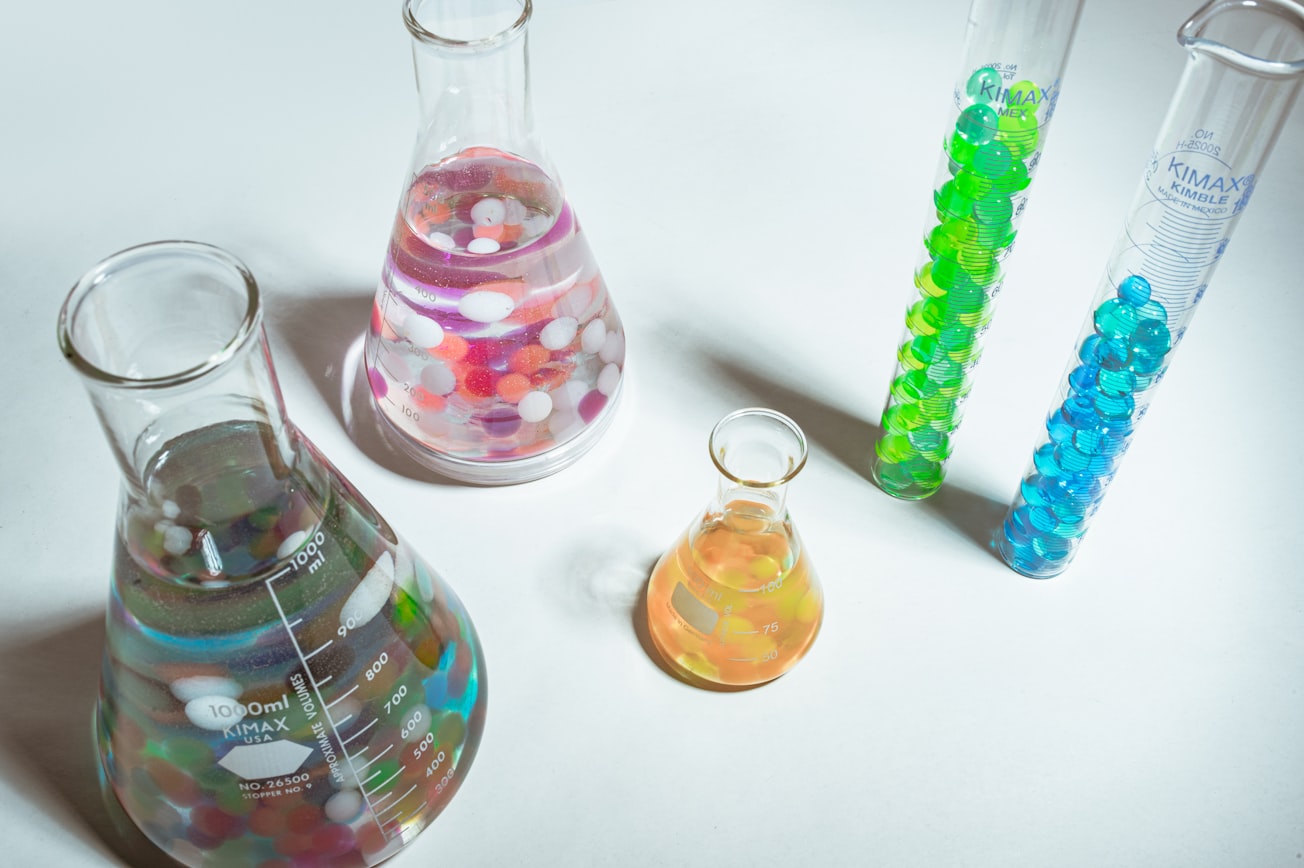What is it about?
In this work, we presented that Sm2+ and Eu2+, having larger ionic radii with respect to their trivalent species, obtain a lower coordination number (~8.2) in water. Although chemically counterintuitive, we showed that Sm2+ and Eu2+, having weaker interactions with water compared with Sm3+ and Eu3+, undergo a so-called "progressive/frequent water exchange" mechanism and cannot obtain a stable coordination number like their corresponding trivalent cations. We also studied the interaction of the mentioned cations with chloride in different concentrations which has not been done theoretically (and maybe experimentally as well).
Featured Image

Photo by Girl with red hat on Unsplash
Why is it important?
Considering divalent lanthanides as a new emerging subfield of lanthanides, this work can be counted as a novel and inspirational study for strengthening this new subfield. Since divalent lanthanides are very unstable in water, their interactions and coordination environments cannot be fully pictured with experimental studies. This is due to the very fast interactions of the mentioned cations in water which makes the experimental characterization incapable of analyzing them. However, since molecular dynamics simulations allow us to study them in a very small time scale, as low as femtosecond, we can observe how these cations behave and why they obtain smaller coordination number with respect to their trivalent lanthanide cations.
Perspectives
I hope this article helps demonstrating that having an advanced polarizable force field along a correct set of parameters, we can reproduce qualitative results like what Quantum Mechanics can provide.
Postdoctoral Fellow Hesam Arabzadeh
University of Missouri Columbia
Read the Original
This page is a summary of: Hydration of divalent lanthanides, Sm
2+
and Eu
2+
: A molecular dynamics study with polarizable
AMOEBA
force field, Journal of Computational Chemistry, June 2022, Wiley,
DOI: 10.1002/jcc.26933.
You can read the full text:
Contributors
The following have contributed to this page







